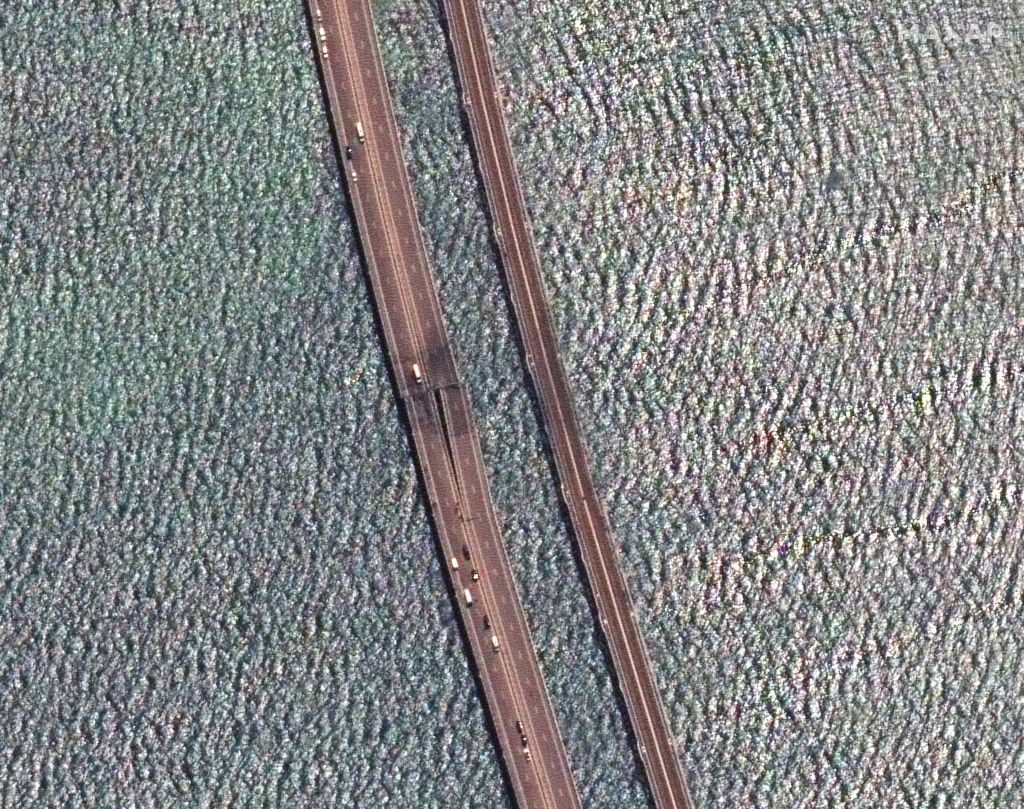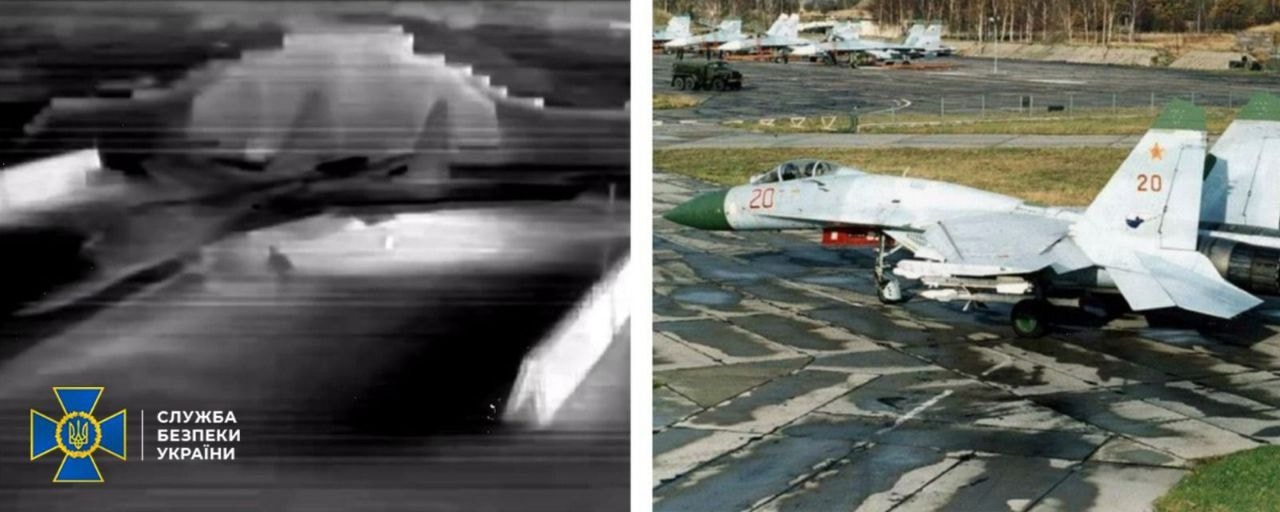UK Defense Ministry: Russian use of pontoon bridges indicates logistical bottlenecks

As of mid-August, the use of pontoon bridges indicate that Russian forces occupying Crimea and Kherson Oblast face logistical issues, weeks after Ukrainian attacks on the bridges that link the two occupied regions, the U.K. Defense Ministry said on Aug. 23.
On Aug. 6, the Ukrainian military confirmed striking the strategically important Chonhar and Henichesk bridges, which connect northern Crimea with Kherson Oblast.
The continued use of temporary pontoon bridges indicate that the permanent bridges have not yet been repaired.
These floating bridges create logistical friction and bottlenecks, as Russian forces have become partially reliant on a long diversion via Armiansk in northwestern Crimea. Crimea is the central logistics hub for Russian forces in southern Ukraine.
Ultimately, the pontoon bridges are "unlikely to be able to fully sustain the flow of heavy vehicles carrying ammunition and weaponry to the front," the ministry added.
Russian proxies in Crimea and Kherson Oblasts said Ukraine hit the bridges on Aug. 6 using British-French-made Storm Shadow/SCALP missiles. The Ukrainian military did not specify the type of missiles that struck the bridges.
Ukraine had repeatedly targeted Chonhar Bridge since June 2023, as the bridge serves as Russia's fastest rail route from occupied Crimea to the southern front line.
The Institute for the Study of War (ISW) predicted on Aug. 6 that the strikes are likely to cause major logistical issues.
The ISW pointed out that some of the roads to which Russian forces have rerouted traffic following the bridge attacks are "within artillery range" of Ukrainian troops in Kherson Oblast.
This may force Russian troops to take less efficient back roads, slowing down transport of equipment and personnel to the southern front lines, the ISW said.














